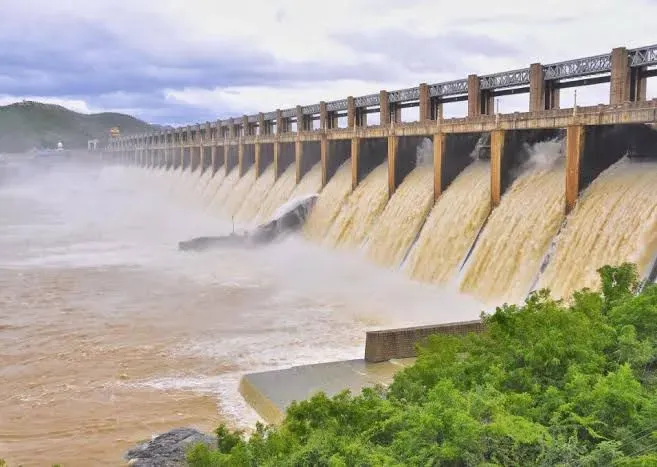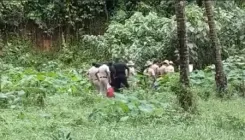Will TN Release Water from Mettur and Bhavanisagar Dams for Irrigation Support?

Synopsis
Key Takeaways
- Water release from Mettur Dam starts on Friday.
- 22,114 acres in Tiruchirappalli and Ariyalur districts will benefit.
- 1,03,500 acres targeted for irrigation through Bhavanisagar Dam.
- Specific discharge volumes ensure equitable distribution.
- Farmers encouraged to align drawals with schedules.
Chennai, July 31 (NationPress) The Tamil Nadu government has announced the commencement of water release from the Mettur Dam starting this Friday to enhance irrigation capabilities through vital canal systems in the Cauvery region.
In an official communication from Chennai on Thursday, the Tamil Nadu Water Resources Department revealed that water will be channeled for irrigation via the Pullambadi Canal, covering an area of 22,114 acres in Tiruchirappalli and Ariyalur districts, as well as through the New Kattalai Mettur Canal to benefit 20,622 acres in Tiruchirappalli and Thanjavur districts.
Additionally, the government has mandated the release of water from the Bhavanisagar Dam for the Lower Bhavani Project (LBP) command area, effective from this day (July 31) until August 14. Throughout this period, water will be supplied through the even-numbered sluices of the LBP Main Canal and the odd-numbered sluices of the Chennasamudram Sub-division Canal, reaching a cumulative irrigated area of 1,03,500 acres.
The statement outlined that discharge volumes are set with specific caps to ensure equitable distribution and effective reservoir management.
For the special irrigation period of 15 days, the maximum release shall not exceed 2,980.80 million cubic feet per day (mcft/day).
For the initial irrigation cycle scheduled from August 18 to December 12, 2025—spanning 120 days—the release should not exceed 2,846.40 mcft/day. Collectively, over 135 days, the total cap is 26,827.20 million cubic feet.
Officials informed that the staggered release schedule aims to align canal flows with field preparation and transplanting schedules, ensuring timely irrigation for existing crops and new sowing across the designated areas.
Field engineers have been tasked with monitoring canal levels, regulating sluices as directed, and collaborating with local bodies to minimize transmission losses.
Farmers are encouraged to plan water withdrawals according to the scheduled days and sluice numbers to ensure thorough coverage across tail-end areas.
The government emphasized that these measures are intended to stabilize cultivation in the beneficiary districts while maintaining reservoir storage for future irrigation phases.
Authorities will routinely assess flows and storage levels, making necessary adjustments to protect both crop requirements and water security throughout the ongoing season.







